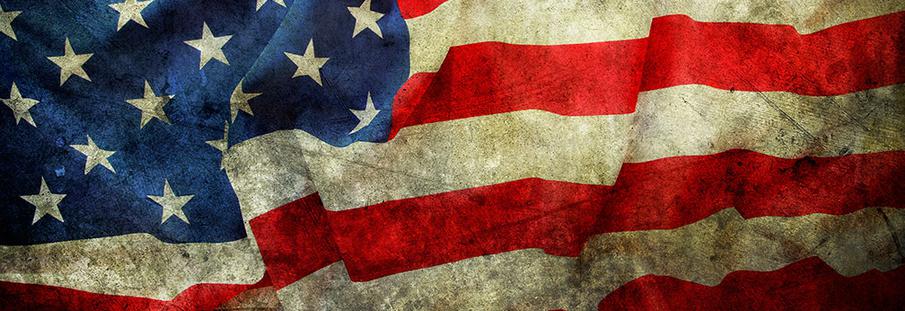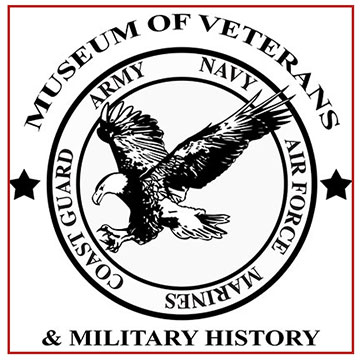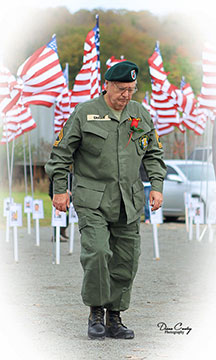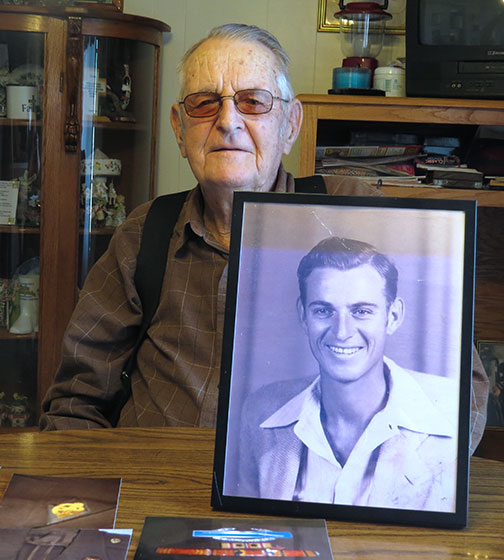Museum of Veterans and Military History
Veteran of the Year
Museum of Veterans
and Military History
P.O. Box 668
Vilonia, Arkansas 72173
We are a 501c3 organization - your donations are tax deductible
Awarded the 2014 and 2015 Vilonia Area Chamber of Commerce Non-Profit of the Year
Proudly honoring our military Veterans through education, outreach and community service
2017 Faulkner County
Veteran of the Year Awarded to
Forrest Keathley, WWII
Previous award winners of the Faulkner County Veteran of the Year:
(c) Museum of Veterans and Military History - all rights reserved, 2014-2018
Drafted into the Army in 1943, Forrest Keathley carried a 38-pound radio and an M-1 rifle while serving in WWII.
When he was in the battlefield, he said, he wore the same set of fatigues for weeks without washing. There was also times when it was so cold and he almost froze to death. Mortar shells dropping and small arms fire were all around him.
“Every day was a close call,” he said. “You could hear Japanese rifles and the whistling overhead. That’s too close for this country boy.”
Keathley is the Faulkner County Veteran of the Year for 2017 named by the Museum of Veterans and Military History in Vilonia.
He grew up in Mt. Vernon on a cotton farm. A country boy, he said, he may have had a leg up on some of the other soldiers who grew up in the city. He said he was used to hard work and he could shoot.
He reported to Camp Robinson in May 1943. He referred to it as a mass production event. As a young soldier, he wasn’t impressed with the regulations which included getting up before daylight, big speakers blasting reveille followed by the soldiers “falling out” in formation. He was, also, uneager to eat the chow. It didn’t taste like the food his mom had prepared and looked “pretty bad.” His first introduction to it, he said, made him sick.
“The hunger soon overruled my sickness,” he added.
During the next few months he would go through vehicle maintenance training. In Dec. 1943, at age 19, he shipped out and his first stop was Hawaii. He was positioned in a replacement depot.
“That is where we were up for grabs,” he explained. His time there was short. Orders were handed out for him to pack his duffel bag and be ready to leave at 0600 the next morning. He thought he would be needing his hand tools for his assignment but he was wrong.
“I was told ‘you aren’t going to need those where you are going,’” he said.
He was also informed that he was a member of the 33rd Infantry Division and that he had been appointed as a radio operator. He said he was surprised because he hadn’t had any infantry training and didn’t know much about a radio either. From there, Keathley said he was transported to New Guinea. Arriving there, the s“We set up our tents in eight inches of water,” he said. Tired on arrival, he said, he had no intension of putting up the mosquito netting the first night there but that changed soon.oldiers had no barracks.
While in New Guinea, the soldiers trained for the task ahead of them but they also made the place they were living “pretty nice,” Keathley said, including paving some streets with coral.
The U.S. 33rd Infantry Division was then moved from New Guinea to Morotai to attack the Japanese in the west of the island. After landing on the island's west coast, the American regiment moved into Japanese-held territory and advanced on the Japanese position from the south-west and north.
Keathley had also been required to learn the International Mars Code prior to that assignment. During the three months there, Keathley said, “Our division fought for every acre of land we recovered.” Their mission, he said, was “destroy or capture.”
Keathley’s stories include digging slit trenches that were occupied by three men. You didn’t dare stand up in the trenches, he said. One man stood guard while the other two slept. If you had to go to the bathroom, he said, you used your helmet.
Deployed for more than two years, Keathley endured the war without any direct combat wounds. Yet, his memories of his fallen comrades remain. It was his intent when he returned to the states to visit with the family of one of his close “buddies” but he just couldn’t, he said. That soldier was hit in the head by a mortar fragment and he heard his moans.
“I sure intended to visit,” he concluded. “It is just as well I didn’t.”
Keathley, a private, received $50 a month for his service in addition to $10 a month overseas pay and $10 a month combat pay. However, he joked, he isn’t sure he was ever paid in full.
The Veterans Museumis currently accepting applications for Veteran of the Year. Deadline is March 15.
Forrest Keathley’s stories include digging slit trenches that were occupied by three men. You didn’t dare stand up in the trenches, he said. One man stood guard while the other two slept. If you had to go to the bathroom, he said, you used your helmet.
Deployed for more than two years, Keathley endured the war without any direct combat wounds. Yet, his memories of his fallen comrades remain. It was his intent when he returned to the states to visit with the family of one of his close “buddies” but he just couldn’t.



